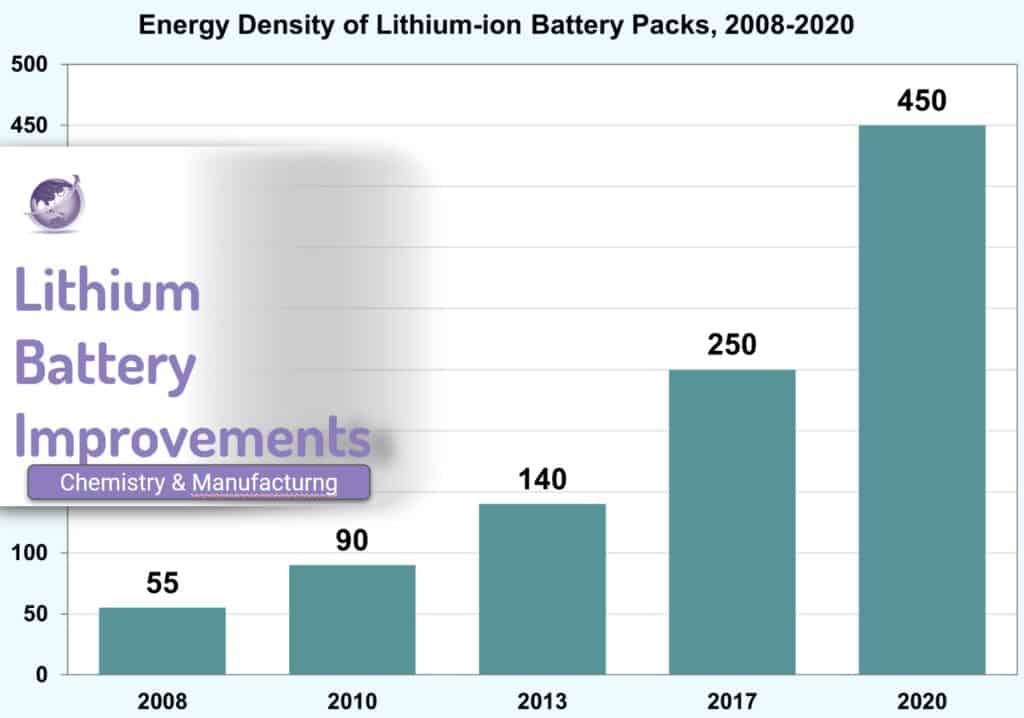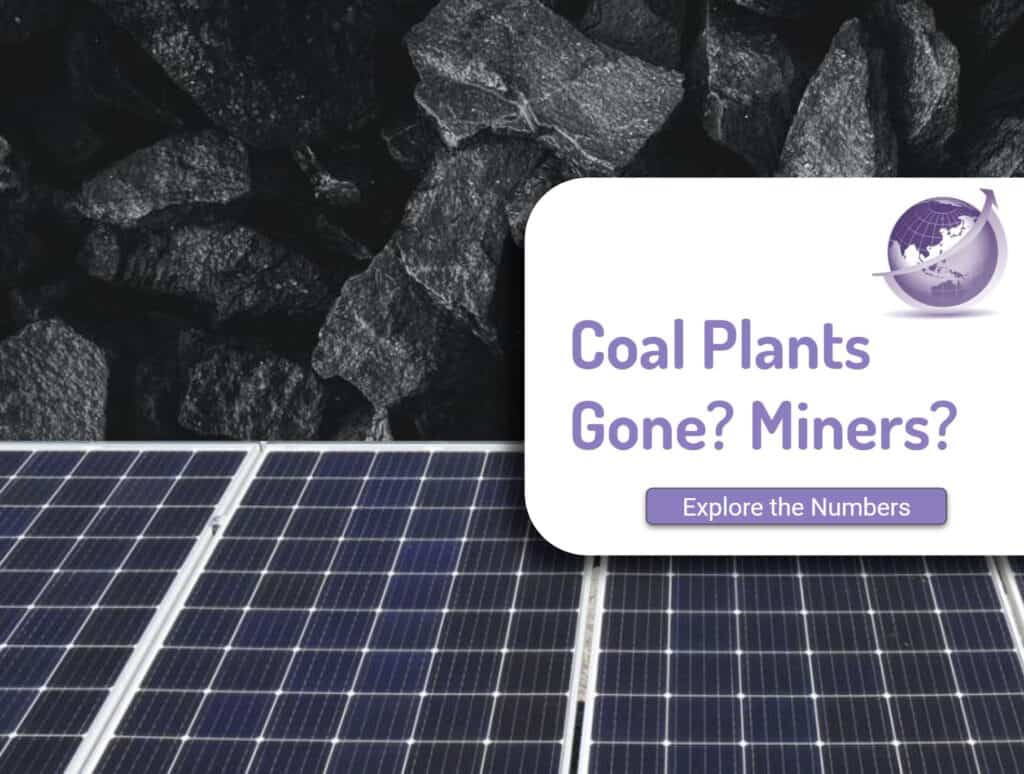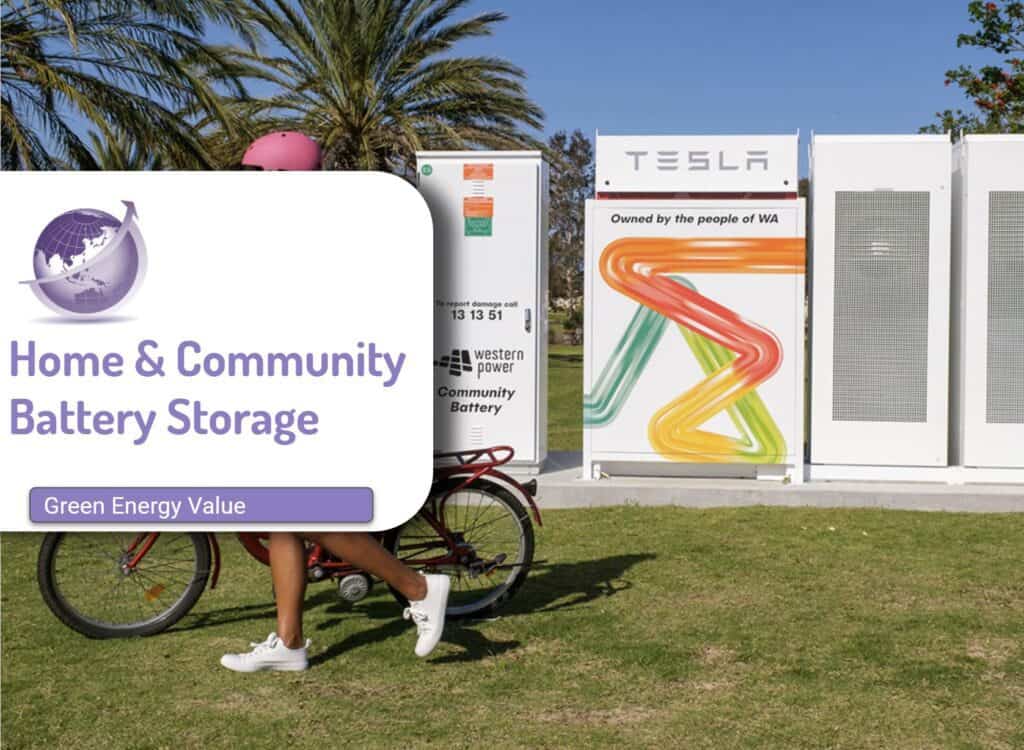Concentrated Solar CSP improvements are back in the news again. CSP plants main value is production of electricity after the sun sets. Effectively they are solar + battery. They produce well after the sun stops shining. CSP plants are in countries including Spain, USA, South Africa, Israel and Chile (Wikipedia for list of CSP Plants) and provide 100% emission-free renewable energy, but they have lost favour with the decreasing cost of solar panels and wind. Additionally, conventional CSP has suffered from either poor reliability or high cost.
Globally, with just 7GW currently deployed, the IEA forecasts CSP capacity to grow to 436.5 GW by 2050. Without improvements further deployment is unlikely unless there is substantial improvement in cost-competitiveness. As batteries become cheaper, will CSP survive?
Most CSP plants to date have large heliostats, very tall towers and expensive energy stores. Efficiency is key.
Vast claims $50MWh cost for solar + battery. Raygen says similar.

Raygen Concentrated Solar CSP Improvements
RayGen, a startup with a novel high-temperature thermal energy storage technology has marked the opening of a 50MWh plant combined with solar PV in Victoria, Australia. A 4MW ground mount solar PV array pairs with 2.8MW/50MWh of energy storage (or 17-hour storage duration).
RayGen’s modules are almost 2,000x more powerful than traditional solar panels – withstanding almost 1,000x solar concentration and using cells almost 2x efficiency. RayGen’s modules contain no polysilicon.
- The key component is a 10cm x 10cm square high temperature, high efficiency PV panel exporting 2.5kW of electrical output
- The collector is at 900oC temperature
- Active cooling by water of the 5kW heat produced prevents overheating.
- System has a standard ammonia-cycle chiller.
- Storage is 2 separate dams. One is at 90° and the other is close to freezing. Both are about 15-20m deep.
- Simple farm dams but with lined insulated blanket
- The hot water and cold water drives a standard Organic Rankin cycle engine to produce electricity at night – despatchable on demand.
- Round trip efficency is 70% or about the same as pumped hydro
Raygen Technology

The two bodies of water with differences in temperature drives drives the Organic Rankine Cycle engine. The run-off heat from the concentrating solar portion of the project keeps the hot water hot. Electricity to drive the plant’s refrigeration system is either from the PV modules, or from off-peak grid electricity.
Hot water evaporates the ammonia, the working fluid, in the turbine and turns the turbine to generate electricity. Cold water cools the ammonia and re-condensed to go through the cycle again. Ammonia is not consumed. The ORC turbine drives a synchronous generator, which can operate as a synchronous condenser when de-coupled from the turbine.
Key Improvements
- Towers are much lower, standard power pole type, and less costly
- Small and more modular – less complex engineering
- Standard ammonia-cycle chiller and a Organic Rankin Cycle engine
- Off the shelve suppliers – Alfa Laval etc.
- Technology is all used elsewhere such as geothermal and district heating

The first site operating is at Carwarp with a 4 MW solar, 2.8MW/50MWh storage with 17 hour duration. The turnkey price was $27m.
Limitation will be the production of the high efficiency solar panel manufacturing and Raygen is building 170MW pa solar collector factory.
VAST Energy CSP Improvements
Vast Energy has an improvement in CSP and unlike Raygen is using that heat to heat molten salt throughout to provide the storage component of the system. Like Raygen they use a Rankin Cycle steam turbine and generator.
Vast’s Technology
Vast has built a 1.1MW pilot plant in Jemalong, NSW, which it says proves its technology, which differs from predecessors by using modular arrays of solar towers and receivers to capture and store energy from the sun and use it to provide electricity of heat. Vast technology uses sodium as a heat transfer fluid and says it has improved the efficiency of the solar collecting system, reducing capital and operating costs. It uses mostly steel and glass.

Vast has 230 MW of projects under development with a total pipeline of 3.7GWh. That includes a 50MW/500?? MWh site at Mt Isa in Queensland Australia, and 30MW / 288 MWh in Port Augusta in South Australia.
Vast recently floated in the NY stock exchange and raised capital in a complex transaction that saw Nabors – a huge oil industry contractor looking to expand into clean energy, and existing shareholder AgCentral, owned by the family of farming billionaire John Kalbetzer, who each put $US15 million into the company. More info on the SPAC is Nabors Energy Transition company is here

Other Innovation – CSIRO
Australia’s science agency CSIRO announced that its concentrated solar thermal research facility in Newcastle, NSW had a breakthrough as part of research investigating the potential of “falling ceramic particles” to capture and store solar energy as heat.
Researchers reported critical milestone temperature of 803 °C for the first time at the falling particle receiver employing a new and novel concept. (Mining.com). Traditional CSTs are limited by the heat transfer fluids they use. Common fluids, like molten salt or high-temperature oil, can only handle up to 600°C and 400°C, respectively. However, the ceramic particles the team is working with can endure temperatures over 1000°C. These particles not only absorb the sun’s heat but also store it, simplifying the system and reducing costs. These ceramic particles fall down, are heated, and then stored.
Will Innovation Be Sufficient for a CSP Renaissance?
These innovations are competing with rapid innovation in other areas such as batteries and solar. Maybe advances in turbines or other technologies would assist retrofit of coal or gas plants with CSP.
More Reading
- PV Ultra and Thermal Hydro https://www.energy-storage.news/pv-ultra-and-thermal-hydro-17-hour-duration-dispatchable-solar-and-thermal-storage-plant-opens-in-victoria-australia/
- Raygen corporate site https://raygen.com/technology/
- AEMO https://arena.gov.au/assets/2021/08/raygen-technical-assessment-report.pdf
- Cost and production of solar thermal and solar photovoltaics power plants in the United States https://doi.org/10.1016/j.ref.2018.07.002









